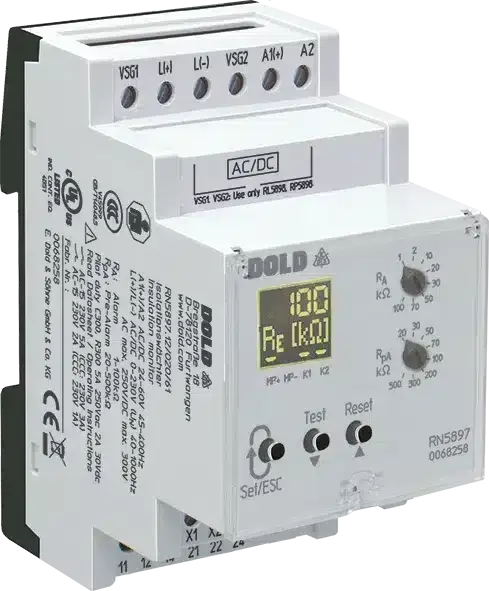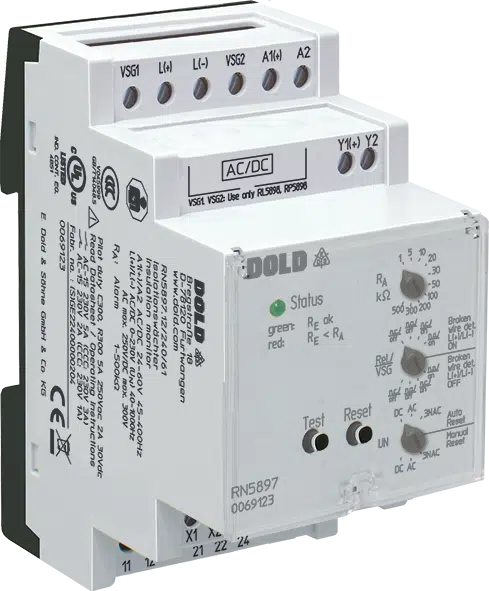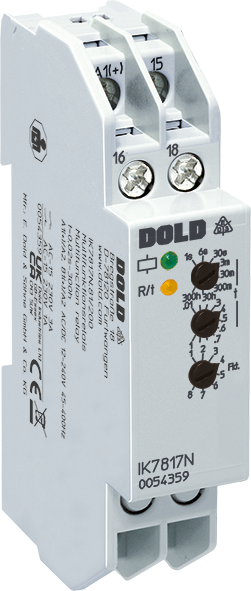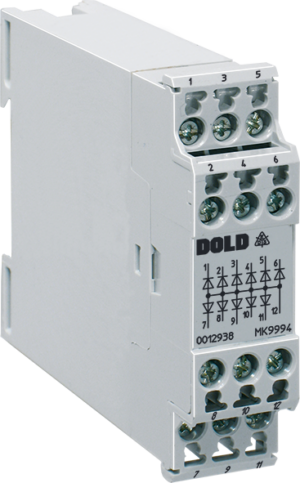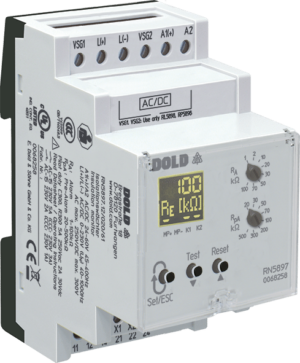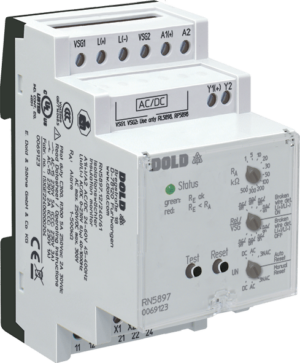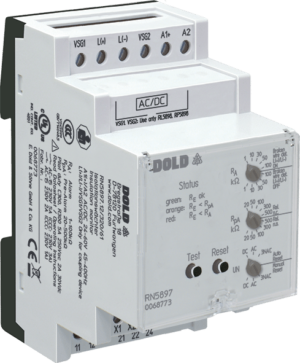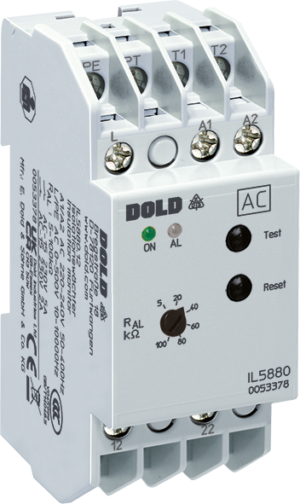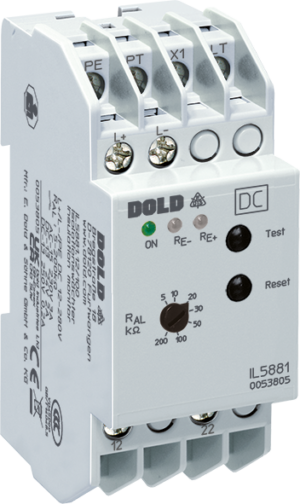Insulation Monitoring
Insulation Monitoring Importance of Insulation Monitoring Devices Ensuring Safety and Efficiency Insulation monitoring devices (IMDs) are critical to maintaining safe and efficient electrical systems. They…
Insulation Monitoring
Importance of Insulation Monitoring Devices
Ensuring Safety and Efficiency
Insulation monitoring devices (IMDs) are critical to maintaining safe and efficient electrical systems. They continuously supervise insulation resistance between active conductors and earth, ensuring early detection of insulation degradation. This proactive approach helps avoid dangerous faults, insulation failures, system breakdowns, and fire hazards—greatly improving electrical safety across installations.
Preventing Equipment Stoppages
By detecting faults before they become critical, IMDs help prevent unexpected equipment stoppages. In sectors such as healthcare, industrial manufacturing, and data centers, continuous operation is essential—making insulation monitoring a key factor in uptime and reliability. This is particularly crucial in complex electrical installations with high dependency on uninterrupted power supply.
Reducing Risk of Electric Shock Accidents
IMDs significantly reduce the likelihood of electric shock by providing alerts when insulation resistance drops below safe thresholds. This is especially important in unearthed systems where faults can go undetected without proper monitoring, and where nominal voltage remains present even in the event of a first insulation fault.
Applications of Insulation Monitoring Devices
DC Charging Stations
Electric vehicle (EV) charging stations rely on insulation monitors to ensure safe charging environments, particularly in DC fast charging where voltage levels are high and insulation faults could pose severe risks. The integration of insulation fault location systems is becoming more common in this sector.
Grounded Power Systems (TN and TT Systems)
Though primarily used in unearthed systems, insulation monitors also find application in grounded systems, especially during startup and maintenance, providing temporary monitoring to ensure safety before full grounding is established. They act as a supplementary safety mechanism, helping validate the integrity of the electrical installation.
Unearthed Networks (IT Systems)
Insulation monitoring is standard in IT systems, where continuous fault detection is mandatory. These networks are commonly found in hospitals, chemical plants, and rail infrastructure where uninterrupted power is crucial and any insulation fault can compromise nominal voltage stability.
Measurement Techniques
Superimposition of Measuring DC Voltage
This classic method involves applying a low-level DC voltage to the monitored circuit. The resulting current is measured to calculate the insulation resistance. It is reliable, non-intrusive, and widely used in standard IMDs. These devices often function independently of system power supply conditions. They are well-suited for early detection of insulation faults in both industrial and photovoltaic systems.
AMP Method
The AMP (Adapted Measuring Pulse) technique enhances measurement accuracy by using high-frequency pulse signals. It is especially effective in mixed AC/DC and variable frequency systems, enabling faster fault detection and better immunity to noise. It is particularly beneficial in identifying intermittent or asymmetric insulation faults.
Innovations in Insulation Monitoring
Remote Monitoring Capabilities
Modern IMDs feature communication interfaces like Modbus RTU, Ethernet, or cloud platforms. These enable remote status reporting, integration with SCADA or PLCs, and automated alert forwarding, enhancing responsiveness and system visibility.
High-Frequency Measurements
Advanced insulation monitors use high-frequency techniques to improve fault detection sensitivity and reduce response time. This is crucial in dynamic systems where rapid voltage changes or transients are common, helping maintain consistent nominal voltage and operational stability.
Automatic Alerts for Operational Safety
Many devices now support programmable thresholds and dual alarm levels. Audible/visual indicators and remote notifications help ensure that personnel are alerted to problems in real time, reducing the risk of human error and enhancing overall electrical safety.
Featured Products
DOLD RN 5897/020 | Insulation Monitoring Device 2×1 Changeover Contact This model is engineered for reliable detection of insulation faults in unearthed AC, DC, or AC/DC systems. With two independent changeover contacts, it offers configurable alarm thresholds and integrates easily into control circuits and automation environments.
DOLD RN 5897/240 | Insulation Monitoring Suitable for universal application across industrial settings, this model supports nominal voltages up to 500V and offers fast response to insulation degradation. Its compact DIN rail design, visual indicators, and compatibility with auxiliary voltage inputs make it ideal for both new installations and retrofits.
DOLD RN 5897/320 | Insulation Monitoring Designed for IT systems and industrial applications, the RN 5897/320 offers advanced insulation fault detection with a wide measuring range and adjustable response time. This model includes dual alarm contacts, supports both symmetrical and asymmetrical fault detection, and is optimized for monitoring photovoltaic systems, control panels, and power supply circuits.
Industry-Specific Adaptations
Customizing IMDs for Optimal Function
Different industries require different alarm thresholds, voltage tolerances, and response times. Manufacturers now offer models with customizable settings to adapt to marine, mining, or healthcare environments, ensuring tailored protection and compatibility with existing electrical installations. Some also support auxiliary voltage input for flexible deployment.
Preventing System Downtimes
In process-driven industries, downtime can be extremely costly. Insulation monitoring integrated with predictive analytics allows preemptive action to be taken before faults lead to shutdowns, saving both time and money while supporting efficient use of the power supply infrastructure. This helps minimize interruptions to operation across critical environments.
Enhancing Reliability and Economic Efficiency
Trend Monitoring for Predictive Maintenance
IMDs that store trend data allow for predictive maintenance strategies. By tracking resistance over time, maintenance teams can anticipate degradation and replace components before failure—boosting both system reliability and cost efficiency while reinforcing long-term electrical safety.
